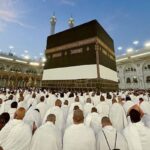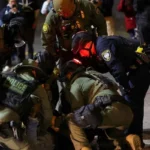The discussion about the Yellow and Red Lines was presided over by Karachi Minister Sharjeel Memon, who also gave an update on the status of the current construction to establish a biogas plant for the Red Line on 32 acres of land in the Cattle Colony.
Sharjeel insisted that early completion of BRT projects was one of the top goals of the Sindh government and instructed officials to expedite construction on the Red Line. He issued a warning about sacrificing any level of quality in the two massive transportation projects.
With typical daily ridership of 300,000, the BRT would feature 28 stations, including 6 underpass stations, 9 underpasses, 2 U-turns, and 2 bridges. The BRT Yellow Line would use 268 diesel hybrid buses. BRT Yellow Line, however, would span 80–100 km.
Pakistan’s largest metropolis, Karachi, boasts an intricate and varied transportation network to serve its populace.
The mainstay of public transportation in Karachi is the vast network of buses and minibuses. These buses are run by a number of privately held businesses and service nearly the entire city. For short-distance transportation, autorickshaws and taxis are frequently utilized. In Karachi, ride-hailing services are also available, offering more practical choices.
Many locals depend on private vehicles because public transportation is inadequate, which causes serious traffic congestion. Motorcycles are a common form of transportation since they are inexpensive and can maneuver through congested areas.





